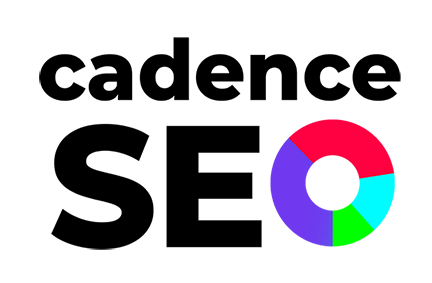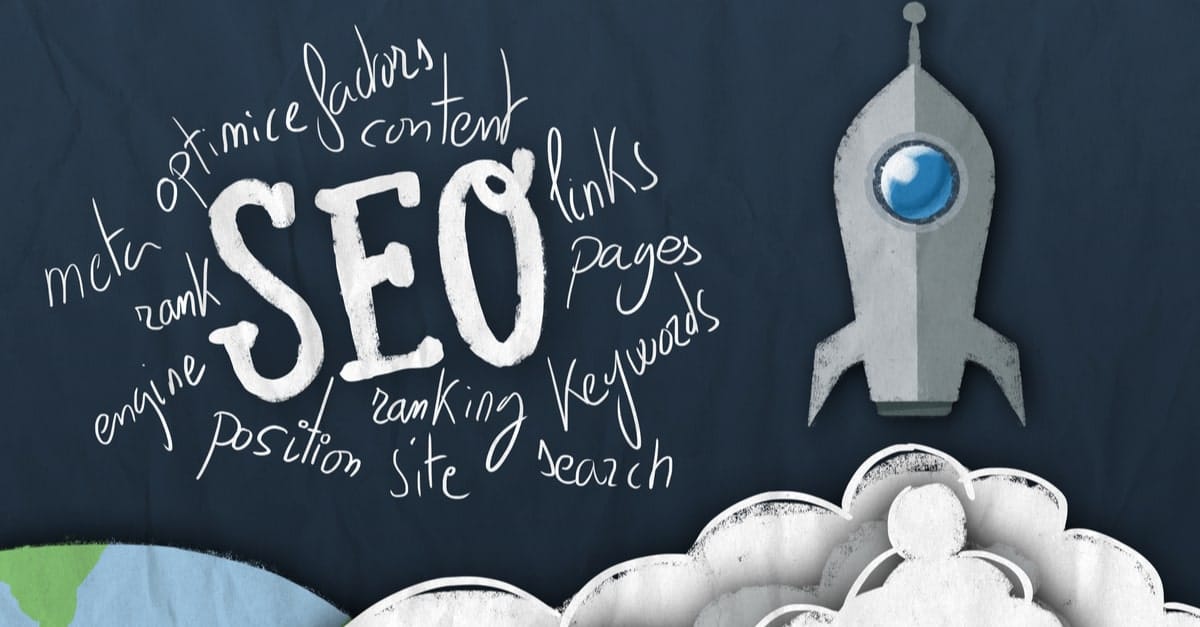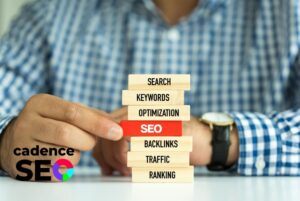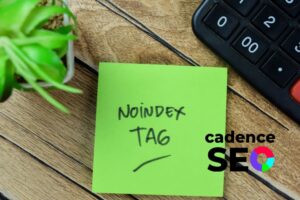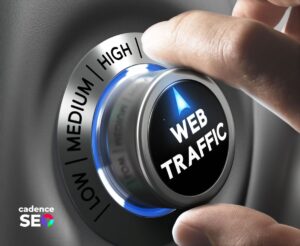Page optimizations are the steps you take towards making a webpage rank higher in search engine results. For example, you just learned how to use keywords in your web pages and their content—this is all optimizing your pages and website, both in the eyes of Google and in your customers. Page optimization is not just about using keywords, it’s also about making your site a relevant authority on the topic’s relating to your business. Making your site a valuable informational resource to your customers and potential customers not only creates more trust in the customer relationship, but it counts with Google as well. Other elements of page optimization include headlines, HTML tags, and images. We’ll go over these things in the article and get you on your way to a website that is fully optimized for people and search engines. Here are nine things to consider when optimizing your website.
1. E-A-T
Google uses the EAT, or Expertise, Authoritativeness, and Trustworthiness as its framework for ranking webpages and websites. This is why it is so important that your content is high quality and is useful to your current and potential customers. This is an example of the dual sides of SEO where you are writing for Google and people at the same time. Google’s algorithms continue to evolve towards rewarding high-quality content.
2. Title Tag
The title tag of a webpage tells people, and Google, what to expect when they click on the page. This is an HTML tag that exists in the head section of each webpage. The title tag is featured prominently in search engine results. And while it doesn’t have much impact on organic rankings in its intact state, not having a good title tag does negatively impact organic rankings. These include poorly written title tags, duplicate title tags (making pages compete against each other), and pages missing title tags altogether.
3. Meta Description
Meta descriptions are usually displayed under the page title on search engine results. These are meta tags and provide a brief description of the page’s content. Making sure that your meta tags are well written and accurately describe the page they’re referring to can help with your click-through rate and overall perception of your website.
4. Headlines
Header tags are used to organize content on a webpage and are an important part of page optimization. Header tags tell Google and people alike what your content is about. For example, in this article, the numbered list titles are header tags. Header tags organize your content to make it more readable and tell Google what’s on the page. Header tags are great places to use keywords and phrases.
5. Header Tags
Header tags are used to organize content on a webpage and are an important part of page optimization. Header tags tell Google and people alike what your content is about. For example, in this article, the numbered list titles are header tags. Header tags organize your content to make it more readable and tell Google what’s on the page. Header tags are great places to use keywords and phrases.
6. SEO Writing
Writing with SEO in mind means thinking about what users and Google want. You must include keywords and phrases but do so in an organic, readable way. This is where EAT comes in again—having quality content on your site helps you become an authority, establishes your expertise, and creates trust between you and your customers and you and Google. Think about how to help your potential customers—what are they trying to achieve with their searches? Helping them solve their problems with your content is a good place to start.
7. Keyword Cannibalization
Keyword Cannibalization is when you are using the same keywords across two or more pages. This means that your pages are competing against each other in search engine rankings. This is an easy fix though, once you check your pages.
8. Content Audit
Going back through your existing content to see if it is performing well and still contains relevant information will help you keep your status as an expert authority. A content audit will help you see what kinds of content aren’t working well for you, so you can plan future content accordingly.
9. Image Optimization
Using an image optimization tool to make the smallest possible image file at the highest quality helps your website gain more ranking opportunities in Google image search. Images also engage readers in your content and make a website more attractive. Images must be optimized because otherwise they may slow down your website, or make mobile browsing difficult. Make sure to use descriptive titles and alt text, perhaps even incorporating some of your keywords for that page.
CadenceSEO Knows the Importance of Page Optimization
CadenceSEO knows that your business needs the customers that a ranking website can bring. Our team has experience helping companies reach their organic traffic goals through an optimized website. We know how to work with keywords to fully optimize your website, page by page, to reach your future customers more easily.
We offer our expertise with keyword page optimization services at an affordable rate. Our team of SEO experts and consultants is ready to help your website perform at its peak potential.
Do you want help with page optimization? Contact us here at CadenceSEO for more information.
